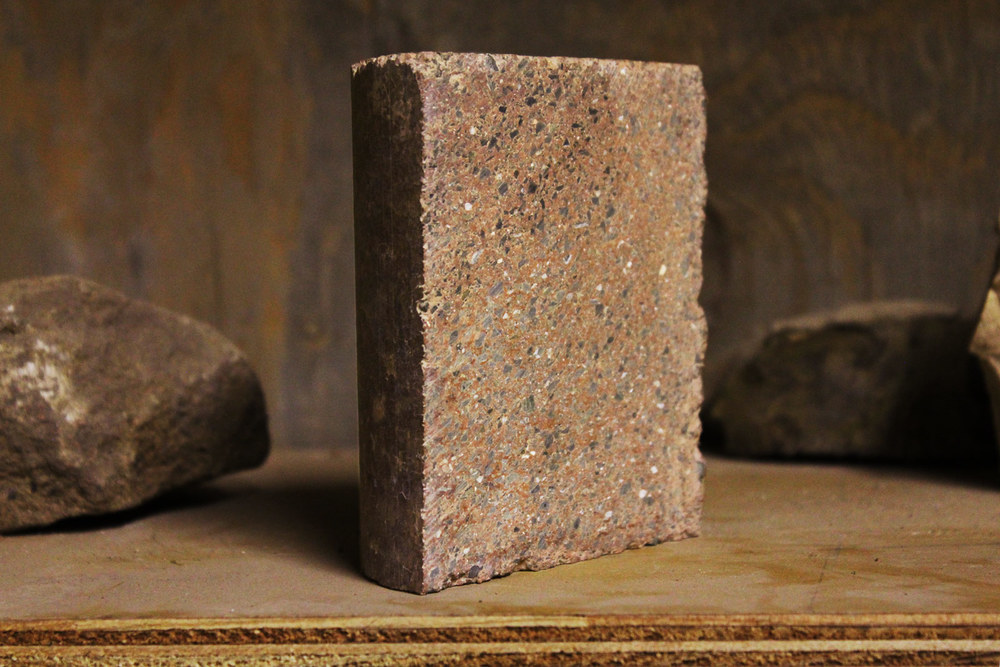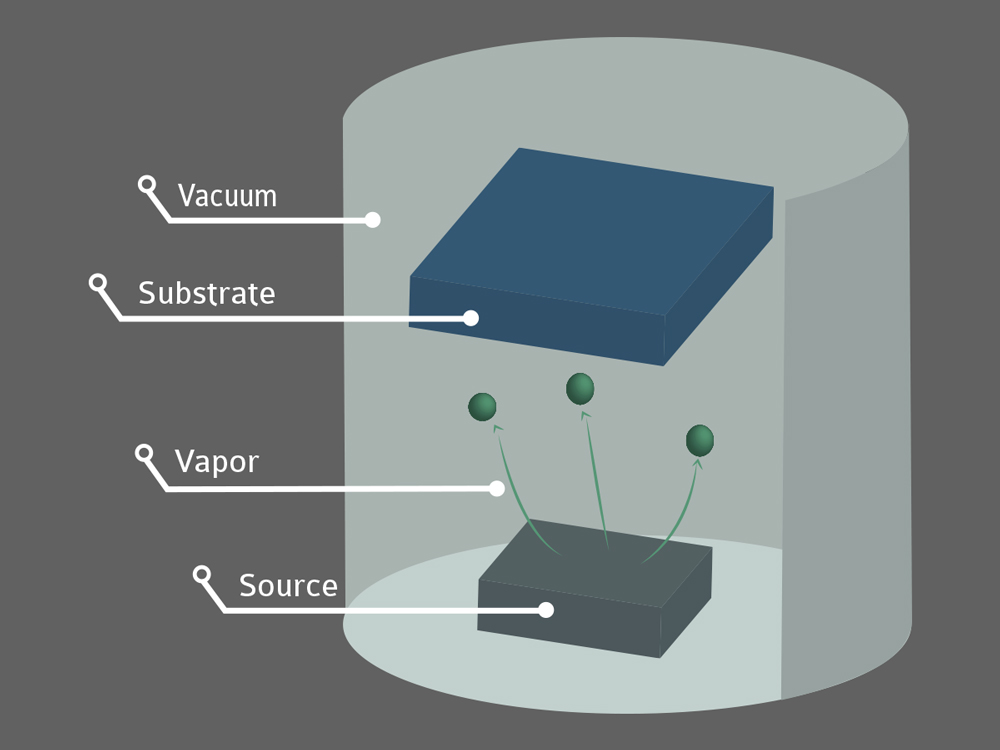A) Market Overview:
Geopolymer is a type of inorganic polymer that is formed by a chemical reaction between aluminosilicate materials and an alkaline solution. It offers superior properties such as high compressive strength, fire resistance, and durability, making it suitable for use in various applications such as construction, transportation, and industrial. Geopolymers are used for manufacturing concrete, bricks, panels, and pipes, among other products. They are also being increasingly adopted in the construction industry as a sustainable alternative to traditional cement-based materials.
The global Geopolymer Market is estimated to be valued at USD 6.0 billion in 2022 and is expected to exhibit a CAGR of 21.2% over the forecast period 2023-2028, as highlighted in a new report published by Coherent Market Insights.
B) Market Dynamics:
The Geopolymer Market is driven by two main factors: increasing infrastructure development and a focus on sustainable construction practices.
– Increasing infrastructure development: The growing population and urbanization have led to an increase in the demand for infrastructure development projects such as roads, bridges, airports, and buildings. Geopolymers offer several advantages over traditional cement-based materials, including reduced carbon emissions and increased durability, making them ideal for use in these projects. For example, geopolymer concrete has been used in the construction of the Sydney Metro tunnels in Australia, leading to reduced carbon emissions and improved sustainability.
– Focus on sustainable construction practices: With increasing environmental concerns and a shift towards sustainable practices, the construction industry is looking for alternative materials that have a lower impact on the environment. Geopolymers, being made from industrial by-products or natural materials, offer a greener alternative to traditional cement-based materials. Additionally, geopolymers have a longer lifespan and require less maintenance, further contributing to their sustainability. This has led to increased adoption of geopolymers in the construction industry.
C) SWOT Analysis:
– Strength:
High compressive strength: Geopolymers have higher compressive strength compared to traditional cement-based materials, making them suitable for use in high-strength applications.
Lower carbon footprint: Geopolymers have a lower carbon footprint compared to traditional cement production, contributing to a greener construction industry.
– Weakness:
Limited awareness and acceptance: Geopolymers are still relatively new in the construction industry, and there is limited awareness and acceptance of their benefits among contractors and developers.
Higher initial cost: Geopolymers may have a higher initial cost compared to traditional cement-based materials, which can be a barrier to their adoption.
– Opportunity:
Growing demand for sustainable construction materials: The increasing focus on sustainability in the construction industry presents an opportunity for the widespread adoption of geopolymers.
Technological advancements: Ongoing research and development in the field of geopolymer chemistry can lead to the development of more efficient and cost-effective products, opening up new opportunities in the market.
– Threats:
Competition from traditional cement manufacturers: Traditional cement manufacturers may pose a threat to the geopolymer market, as they dominate the construction industry and have established distribution networks.
Regulatory challenges: The adoption of geopolymers may be hindered by regulatory challenges and standards that favor traditional cement-based materials.
D) Key Takeaways:
– The global Geopolymer Market is expected to witness high growth, exhibiting a CAGR of 21.2% over the forecast period, due to increasing infrastructure development and a focus on sustainable construction practices.
– In terms of regional analysis, Asia-Pacific is expected to be the fastest-growing and dominating region in the geopolymer market. The region is witnessing rapid urbanization and increasing government investments in infrastructure development, which is driving the demand for geopolymer materials.
– Key players operating in the global geopolymer market include Banah UK Ltd, ?eských Lupkových Závodech AS, Wagners, Imerys Refractory Minerals, Clock Spring Company, Inc., Nu-Core, PCI Augsburg GmbH, Kiran Global Chem Limited, Zeobond Pty Ltd, and URE.



